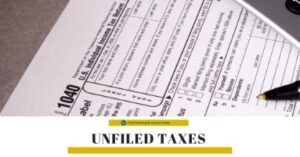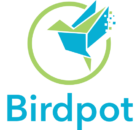
Payroll liabilities, or payables , are amounts you currently owe, pertaining to your business’s payroll. If you’re using a payroll journal, you enter payables as credits because you are increasing the amount you owe. Examples of payroll liabilities include employee wages or compensation and payroll taxes. To keep your business running, you need to have enough money to pay employee wages and cover employment costs, such as payroll taxes. That’s why business accounting includes the liabilities category.
Benefits
- No taxes are withheld on compensation paid to independent contractors.
- So, keeping track of how much money it costs to pay your employees is essential.
- Payroll liabilities, or payables , are amounts you currently owe, pertaining to your business’s payroll.
Several withholdings and deductions are taken out of an employee’s gross pay. The benefits you offer, your industry, and other factors affect which accounts you need to record payroll. The most used entry is the initial recording, also known as the originating entry. It’s the first entry you record to show a transaction has occurred. These entries include your employees’ gross earnings and withholdings.
Payroll Liabilities Versus Payroll Expenses
From Social Security and Medicare to state and federal unemployment taxes, the list goes on and on. As a business owner, it’s your job to pay your share of the taxes what is budgeted revenue definition and meaning and manage tax withholdings from employee paychecks. And until all those taxes are deposited to their final destinations, they’re payroll liabilities.

Employee paid time off
Finally, besides wages and withholdings, you should also consider the costs of managing or running payroll. These include fees to a payroll-service provider or the cost of any software you use to process payroll. Now that you’re wave live wallpaper familiar with the cycle of payroll liabilities and expenses, let’s look at the different costs you can track.
However, you’re required to withhold taxes on employee pay based on information the worker provides on Form W-4. The dedicated software programs that manage payroll automatically keep track of all the relevant information in one place. It makes processing payroll easier and eliminates mistakes that were common when using manual tracking methods. As you can see, her pay includes the withholdings for her federal and state income tax, state disability tax, and her half of FICA taxes. For extra assurance, set reminders to make on-time payments to your employees, the IRS, and anyone else you owe. Nobody likes to wake up on payday feeling lighter than expected, and paying a tax bill late can lead to trouble.
And you know what that means—these contributions and other withholdings are liabilities until you send them over to the proper parties. Learn more about each type of liability relating to payroll below. The Ascent is a Motley Fool service that rates and reviews essential products for your everyday money matters. The Ascent, a Motley Fool service, does not cover all offers on the market. When I worked an hourly job, I would always try to calculate how much I’d get in my next paycheck before I received it. It was a nice treat when my shoddy back-of-the-envelope arithmetic failed and my paycheck was larger than expected.
Failing to manage your liabilities can lead to serious legal issues. These include penalties and fines from government agencies. These can be levied if you pay employees late or withhold the wrong amount from their paychecks. The purpose of running payroll is to pay your employees. Naturally, one of your liabilities includes those wages themselves. To calculate your total payroll liability amount, all you have to do is add up your current payroll-related costs that haven’t been paid yet.
After you pay these wages, you’ll make reversed entries in your ledger to account for this payment. In that journal entry, you’re recording all of the deductions you have to take, as a business owner, from the employee’s check. For the difference between the direct and indirect cash flow methods transparency and visibility, employees can find these deductions on their pay stubs.
